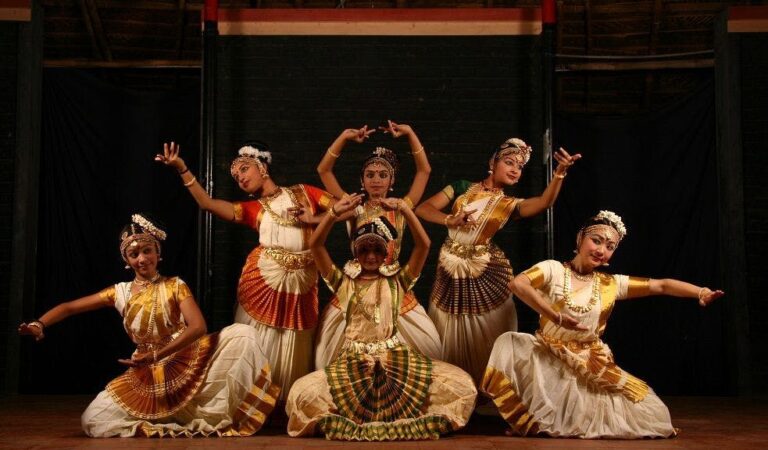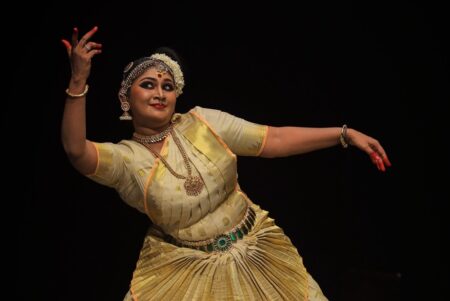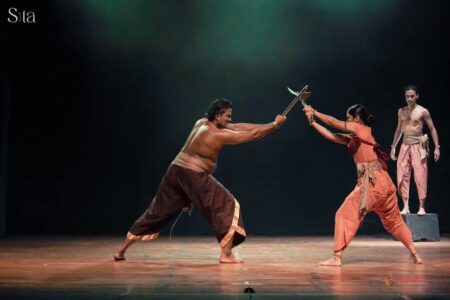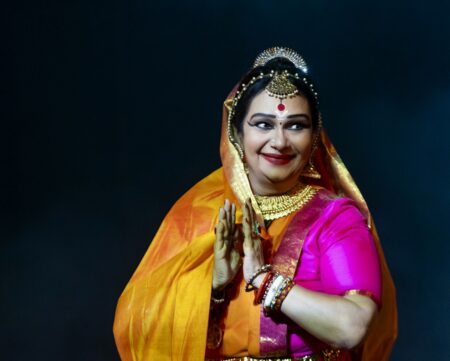Karthika Thirunal Balarama Varma’s Balaramabharatam is a valuable dance treatise based on the practices that were popular in Kerala during his rule.
We had discussed earlier (Part 9) that the Kulasekhara kings who ruled northern parts of modern-day Kerala between the 9th and 12th Centuries had an important role in the evolution of dance and theatre in the Kerala region. Their headquarters was Mahodayapuram, which is identified to be today’s Kodungallur. During their period, performing arts received great patronage under the Kerala Perumal. Dancers were brought from Tamil Nadu during the time of Kulasekhara Perumal. It could be safely assumed that during this period the Devadasi-s also might have made their entry into Kerala, which otherwise also had a long history of various women dance forms.
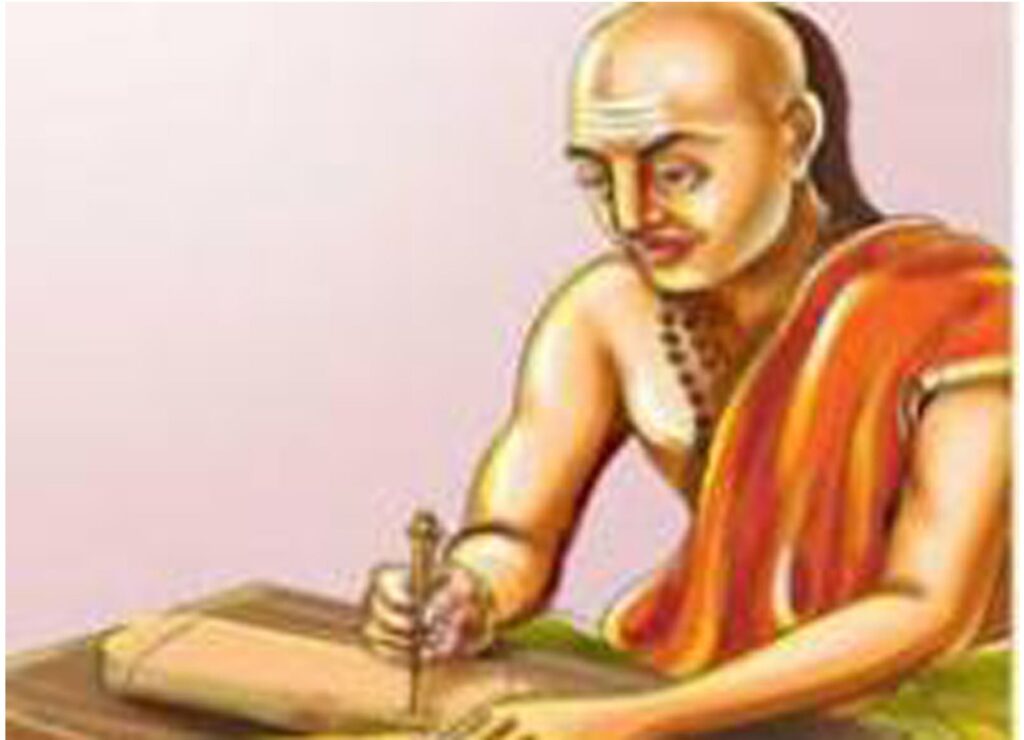
The descendants of some of these families who were brought to Kodungallur temple by the Chera Kings still retain their relationship with the temple and enjoy several rights. In the Kodungallur temple, women from these families wield the right to carry the lamps in the temple procession. The last Kulasekhara king Kulasekhara Rama Varma moved his headquarters from Kodungallur to the present-day Kollam and thus arose the Kulasekhara kingdom of Venad, which later became the kingdom of Travancore.
The Kulasekhara Kings
Kerala is a land famous for its many different performing art forms such as Kuthu, Kutiyattam, Nangiarkuttụ, Mohiniyattam, Tiruvatirakkali, Krisnanattam, Kathakali, Tullal, Teyyam, Patayani and a variety of puppetry. This became possible because Kerala enjoyed a cultural environment that was conducive to the birth and growth of different art forms. Art and music were embedded in the life of the common people here. Many of the rulers were themselves learned men of fine arts and great connoisseurs of art and music. They led simple lives devoid of display and extravaganza and spent much of their time and money in the encouragement of fine arts. They set forth not for transient popularity but were inclined to create an enduring environment for the purpose of nurturing these art forms.
For instance, the erstwhile Kochi Maharaja-s encouraged Kuttu and Kutiyattam. The Zamorins of Kozhikode preserved Krisnanattam. Ramanattam, which was originally formulated by the Kottarakkara raja-s, later took the form of Kathakali. The Kulasekhara Kings (Thiruvanchikulam) encouraged the female traditions in performing arts even as early as the Chera Kings; particularly music and the lasya dance forms. This patronage continued till the time of Swathi Thirunal Maharaja. Cilappatikaram presumed to be written in the 2nd Century was authored by the youngest Raja Elanko Atikal.
Elango Adikal
He was a sanyasin who composed during his time spent at the temple of Tirukkunavai. At Kodungallur palace, a few princes conducted an acting laboratory for a prolonged period of time and this provided a strong basis and motivation for the performing arts of Kerala, especially the enacting of emotions or satvikabhinaya.
Balarambharatham, a Treasure
Balaramabharatam, written by Karthika Thirunal Balarama Varma (1758-1798 A.D.), based on the Natyasastra of Bharata Muni, is still considered a valued treasure, a veritable accomplishment to the stage arts of Kerala. The lasya dances performed by the courtesans received patronage mostly from the Thiruvithamcore kings. They established a Kaḷari or a school to train dancers under their direct guardianship at the court. In Balaramabharatam, the much-acclaimed treatise on Natyasastra, Balarama Varma writes about the lasya dance style, which was in vogue during his time.
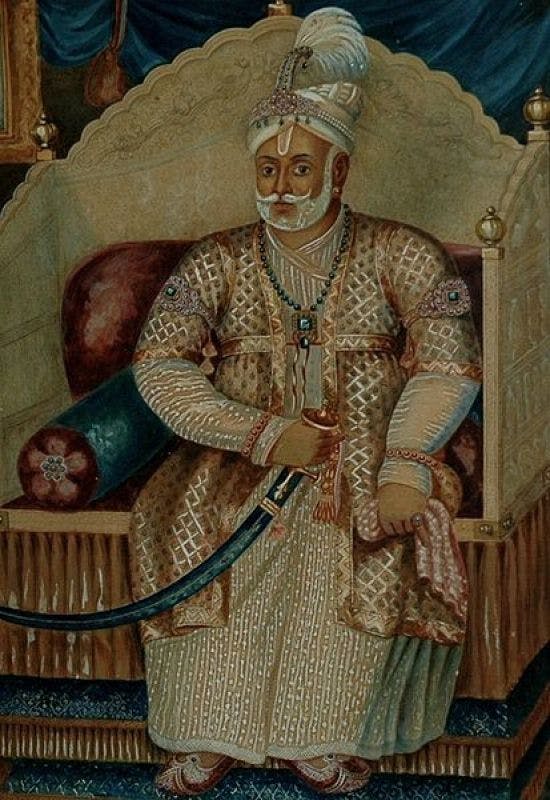
Balarama Varma was born to Attingal Rani Thampuratti and Kilimannur Valiyakoyithampuran. He was known as ‘Dharmaraja’ (The noble king).
He was interested in music and dance and was an exemplary musician. It is said that Kathakaḷi was systematized and stipulated during his time. The Kathakaḷi Attakatha-s (literary work meant for Kathakaḷi performance) Rajasuyam, Subhadraharanam, Gandharvavijayam, Pancaliswayamvaram, Bhagavatam and Kalyaṇasougandhikam were all composed by him. Balaramabharatam penned by him is a very valuable work on the science of dance. As far as Kerala is concerned, it is a dance treatise based on the practices that were popular in Kerala at the time.
Several references to Mohiniyattam can be located in this treatise Balaramabharatam. The king avows in the beginning of the treatise that he had written it after observing the ‘Lasyatantra’ (Lasya dance). The opening lines of Balaramabharatam are: After observing the lasya dance, I have written an account of this sastra – Balaramabharatam – for self-fulfillment. “Oh, wisemen, look at this beautiful work of marvelous sentiment. While describing the ‘sucihastam’ he also says that this mudra could be used to show ‘Mohini Naṭanasthanam’.”
“Śārē chatrē ca nārācē nētrākāra pradarśanē
Mōhinī naṭanasthānē vakṣa: sthala samaṁ pura”
(page 130, line 149) Arrow, umbrella, iron stiletto (used for writing on palm leaves), shape of the eye, the place where Mōhini performs natanam, in front, at the chest level…
While suggesting the position of the legs, it says that Mohini could use it to show the reverse position also (Viparyasuci). Viparyasuci is used for Venugopala’s posture of feet and Nishada’s gait and also in Mohini’s posture.
“Vēṇugōpālanilayē vyatyastapadayōrapi
Niṣadagatibhēdē ca Mōhinī nilayē tadhā
Ēvamādiviśēṣēṣu sūcīsēyaṁ niyujyatē”
(page 607, Sloka 51)
Further, the treatise goes on to describe the female dancers who had gained dexterity and perfection of expression in the traditional profession of their community which had sustained them; and were beautiful in body structure like God Kamadeva and Goddess Rathidevi (Gods of erotic love), and who followed the rhythm of ‘taka taka taka’, we can assume that the description is about a dance style similar to ‘Mohiniyattam’.
The text in the treatise also says: ‘With the presence of professional dancers who are endowed with beautiful glances that move expertly with delight in rhythm with their gait, whose legs move in harmony with the rhythm of music and are gifted with a flair of hand gestures and expertise in expressions, the court of the Maharaja is adorned like the playground of the goddess of stage arts.’
All these descriptions may very well suit the lasya dance style, which came to be known as Mohiniyattam in the later period. ‘Utsiptapadam’ (that which is thrown up) is used in both Jaggini and Mohiniyattam styles of dancing while the dancers hold their position for beseech and contemplation, by looking through the right side and in contempt and derision also. In erotic dancing, cutting expressions of sentiments and in pretending to be playfully haughty ‘Paryaya Recitam’ (doing alternatively) is applied. Here, a single rhythm pattern is followed and at the same time, romantic and joyful movements in footwork are used in contradictory ways.
‘Ēkatālānukaraṇa samabhāvēna….khaṇḍena’
‘Samarecitapadaṁ’ is taken while following ‘Ektal’, cutting expressions, and while taking positions in backward serpent movement and forward frog movement. (Serpent movement and frog movement are commonly used in Mohiniyattam. In Mohiniyattam, five positions are elaborated. They are: Samapadam (normal position) or Hamsapadam (swan position), Kukkutapadam (cock position), Mandukapadam (frog position), Mayurapadam (peacock position) and Sarpapadam (nagabandham, serpent position). All these padamas or footwork are used in Mohiniyattam. Among these, the serpent and frog positions are still used for backward and forward movements, and others according to the situations. It is also suggested that there were many female dancers who were adept in ‘Lasya Nritya’ in the troupe.
(Assisted by Sreekant Janardhanan)
Read Part 17
[email protected]

